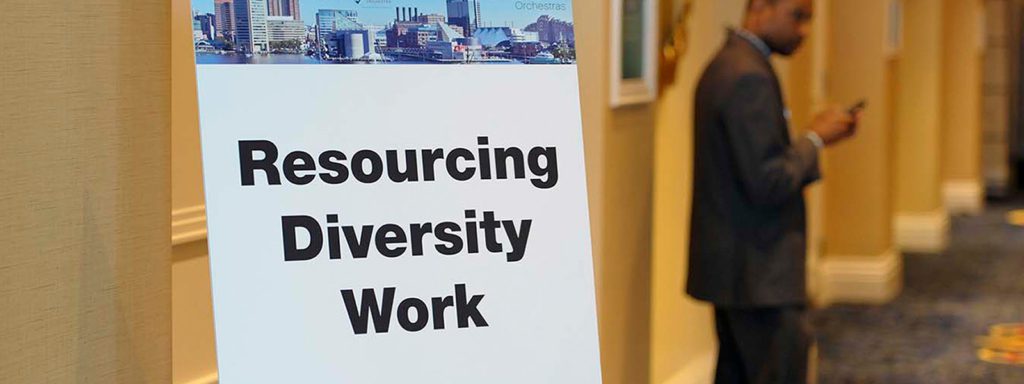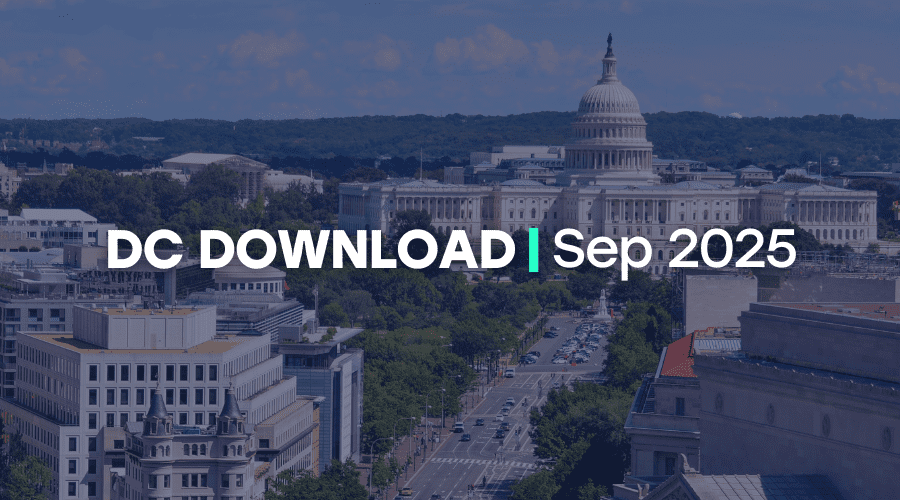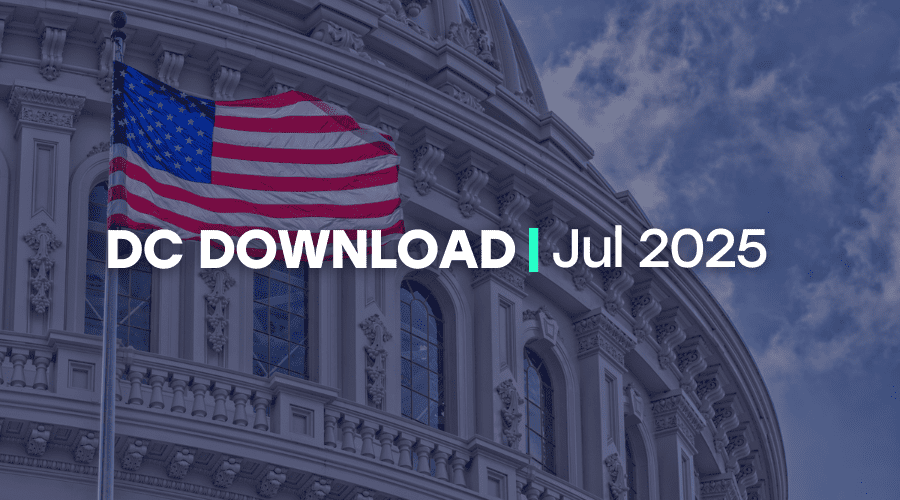By Sarah Wachtel
From education and mentorship to community outreach programs, nonprofit arts organizations are collaborating to encourage diversity, equity, and inclusion in the sector.
Last May, after a year of collaboration among members, stakeholders, partners, and staff, national arts advocacy organization and Independent Sector member Americans for the Arts released a statement from its board acknowledging that “cultural equity is critical to the long-term viability of the arts sector” and pledging to work toward organization-wide cultural competency, commit time and resources to expanding a more diverse leadership, and advocate for policies that promote equity.
“This is a journey of learning and sharing, and hopefully of participating from our areas of strength,” wrote Clayton W. Lord, vice president of local arts advancement in a blog post accompanying the statement’s release. “We are creating field education and training opportunities; nurturing equitable pathways to leadership across the sector; continuing to generate research that benchmarks where we are; and advocating for and supporting policy that places art and equity side-by-side in making better lives for the people in our communities.”
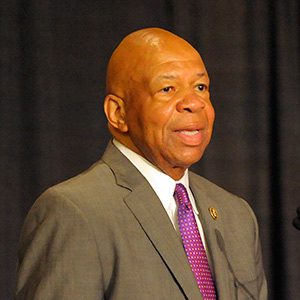
Rep. Elijah E. Cummings (D-MD) discusses the impact art and music education had on his own life and its potential to bring people together.
Americans for the Arts is just one of many organizations that recognize the unique role the arts play in providing opportunities for arts education, community building, and platforms for social change.
Promoting diversity in the orchestral field has been a focus of efforts by IS member League of American Orchestras, which prioritizes diversity in its strategic plan and included it as a main theme at is 2016 conference in Baltimore this June.
Much of the activity surrounding inclusion issues is attributed to the results of a 2015 study conducted by IS member Andrew W. Mellon Foundation in partnership with the Association of Art Museum Directors (AAMD) and the American Alliance of Museums (AAM), both IS members. The first comprehensive study on diversity of museum staff, the survey findings demonstrated progress on gender equality but showed a significant gap in the number of individuals from historically underrepresented ethnic groups in positions of leadership or on a leadership track at museums across the U.S.
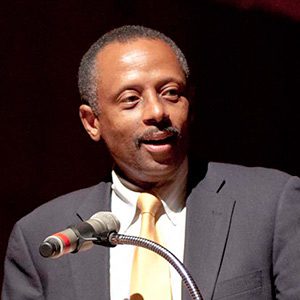
Earl Lewis, president of The Andrew W. Mellon Foundation, leads a discussion of the 25-year-old Mellon initiative to diversify the ranksof professors and its implications for orchestras.
Just over a year later, arts organizations are addressing diversity and inclusion in a variety of ways. Several museums now participate in a Mellon Foundation-funded curatorial fellowship program for students from diverse backgrounds, numerous convenings and forums of stakeholders have been held to build out a set of next steps for the arts community, and AAM addressed the issue as a central theme at both its 2015 and 2016 annual meetings.
Last May, AAMD released a report that highlights 51 museum programs that encourage diversity and inclusion, from mentorship programs in the museum field to more inclusive exhibits. In 2013, AAMD began partnering with the United Negro College Fund on a pilot initiative that placed students from historically black colleges and universities in major American art museums for semester-long paid internships and provided career readiness coaching and professional development training.
“I believe that museums cannot fully carry out their missions if we do not do what is required to have more diversity in who works in our museums, in the work we present in our museums, in the audiences we welcome to our museums, and in the leadership of our museums,” wrote Johnnetta Betsch Cole, AAMD president and director of the Smithsonian National Museum of African Art in an introduction to the compendium. “I hope Next Practices will inspire action across the museum field.”
